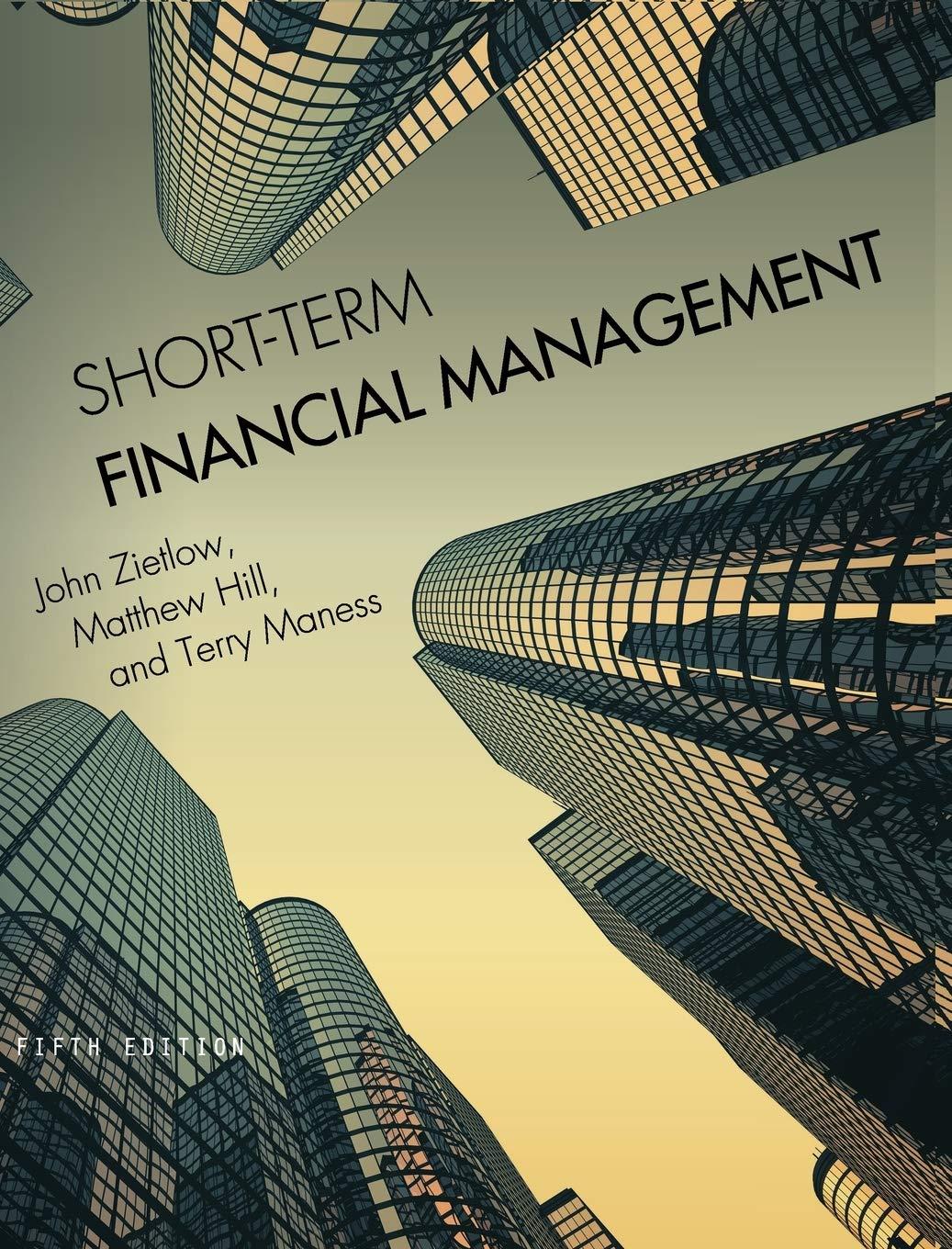
5. The certainty equivalent rate of a portfolio is A) the rate that a risk-free investment would need to offer with certainty to be considered equally attractive as the risky portfolio. the rate that the investor must earn for certain to give up the use of his money the minimum rate guaranteed by institutions such as banks the rate that equates "A" in the utility function with the average risk aversion coefficient for all risk-averse investors. B) C) D) E) represented by the scaling factor "005" in the utility function. 6. According to the mean-variance criterion, which of the statements below is correct? Investment E(r) Standard Deviation 10% 21% 18% 24% 5% 11% 23% 16% A) Investment B dominates Investment A. B) Investment B dominates Investment C C) Investment D dominates all of the other investments. D) Investment D dominates only Investment B E) Investment C dominates investment A. 7. The Ca pital Allocation Line can be described as the A) B) C) D) investment opportunity set formed with a risky asset and a risk-free asset. investment opportunity set formed with two risky assets line on which lie all portfolios that offer the same utility to a particular investor line on which lie all portfolios with the same expected rate of return and different standard deviations. none of the above E) 8. A reward-to-volatility ratio is useful in: A) measuring the standard deviation of retuns B) understanding how returns increase relative to risk increases C) analyzing returns on variable rate bonds D) assessing the effects of inflation. E) none of the above 9. Which of the following statement(s) is (are) true regarding the selection of a portfolio from those that lie on the Capital Allocation Line? A) Less risk-averse investors will invest more in the risk-free security and less in the optimal risky portfolio than more risk-averse investors More risk-averse investors will invest less in the optimal risky portfolio and more in the risk free security than less risk-averse investors. Investors choose the portfolio that maximizes their expected utility a and c. bandc. B) C) D) E)







